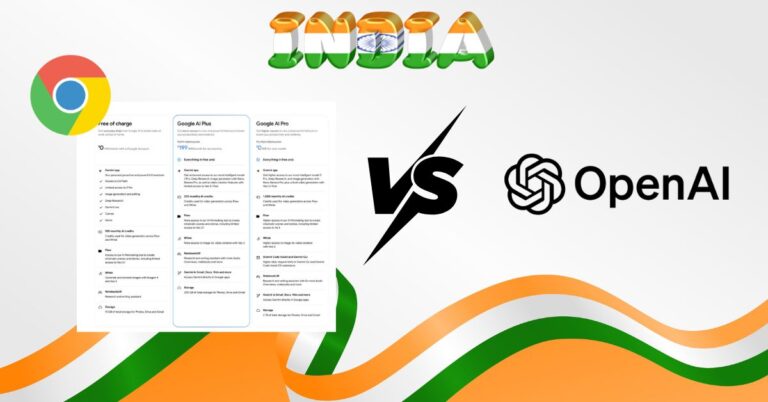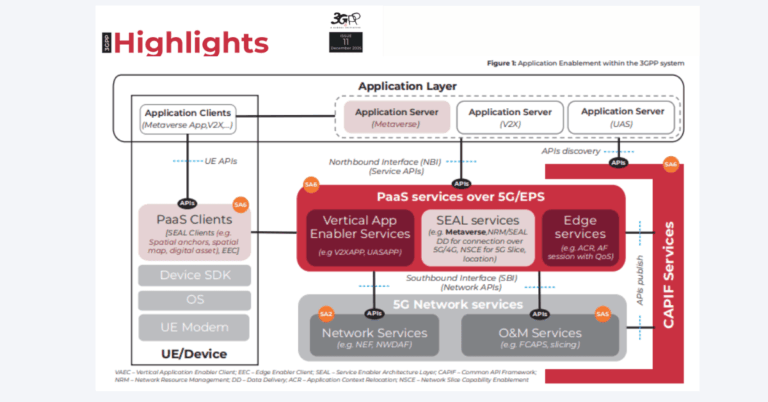Bharti Airtel (“Airtel”), a prominent telecommunications service provider in India, revealed today that its high-speed 5G service is currently accessible to clients in 3,000 cities and towns nationwide. Ranging from Katra in Jammu to Kannur in Kerala and from Patna in Bihar to Kanyakumari in Tamil Nadu, Airtel 5G Plus service is now available in both urban and rural regions throughout the country.
Randeep Sekhon, CTO of Bharti Airtel, expressed enthusiasm for the expansion, stating that they are dedicated to connecting every town and key rural area in India by September 2023. Airtel 5G Plus is expected to propel the next generation of digital connectivity, fostering new business models and transforming industries such as education, healthcare, and manufacturing.
To encourage customers to embrace the Airtel 5G Plus network, the company has introduced unlimited 5G data. This will enable customers to enjoy ultra-fast, reliable, and secure 5G Plus services without worrying about data caps, as Airtel has removed usage limitations on all existing plans.
Airtel has showcased the potential of 5G over the past year through various groundbreaking use cases, such as India’s first live 5G network in Hyderabad, the first private 5G network at BOSCH’s Bengaluru facility, and the collaboration with Mahindra & Mahindra to create India’s first 5G-enabled auto manufacturing unit in Chakan. Airtel has been a pioneer in 5G innovation.
Furthermore, Airtel has established 5G experience zones at all its retail stores across the country, inviting customers to experience the ultra-fast Airtel 5G Plus service. For more information on Airtel 5G Plus, please visit https://www.airtel.in/5g-network.







































